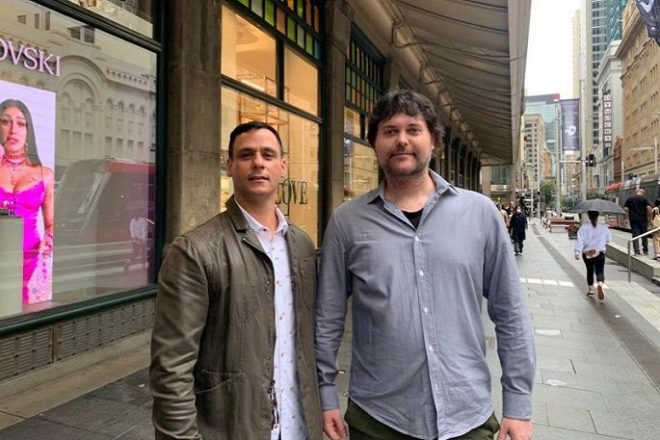澳大利亚制作的神秘剧《Anno 2020》将于4月7日在悉尼的红毯活动上全球首演。这部电影是陶朗加出生的作家兼导演詹姆斯·莫尔坎的创意,他不仅撰写了剧本,还改编自自己的小说。
同时也是演员的莫尔坎在一个令人难忘的场景中扮演反犹太人,对面是犹太演员吉尔·本·摩西,后者也是这部电影的首席制片人。这位导演将Anno 2020描述为自2020年初Covid-19封锁开始以来,他一直在研究一个庞大而耗费一切的项目。
这部电影的故事情节是莫尔坎试图理解2020年改变的现实和人类集体经历。在过去的三年里,他一直致力于这个项目,从写小说和剧本到导演和监督后期制作。
莫尔坎说,这部电影的导演具有挑战性,但由于制作质量而获得回报。他将这部电影描述为一个由相互关联的角色组成的全球万花筒,他们在2020年的混乱中寻求救赎、宽恕和答案。
这部电影是在四大洲17个城市的严格封锁期间拍摄的,带来了独特的挑战。演员们被隔离和隔离,但远程拍摄技术使莫尔坎能够在全球不同地点指挥演员和工作人员。
《纪元2020》汇聚了一批屡获殊荣的国际演员,包括澳大利亚人格雷格·波普顿和艾琳·康纳、美国资深人士凯文·斯科特·艾伦以及华裔美国人黄小姐。演员们以一种罕见的表演风格被推向了极限,这种表演风格在情感上是原始的,半即兴的,主要是使用Zoom技术通过特写镜头拍摄。
莫尔坎认为,这部电影会给观众带来极其真实的感觉,这要归功于所使用的电影制作技巧。他说,这部电影的Zoom风格的聊天和高质量的全景镜头赋予了这部电影超现实的感觉。
《纪元2020》的首席制片人吉尔·本·摩西认为,这部电影将开启莫尔坎的导演生涯。他赞扬了莫尔坎对故事的理解、指挥合奏团的能力以及他令人钦佩的职业道德。
莫尔坎在电影、电视和戏剧领域有长达二十年的职业生涯,还与他人合着了大约35本已出版的小说和非虚构类书籍。《Anno 2020》将在悉尼兰德威克的丽兹电影院首映,并计划在墨尔本和布里斯班进一步放映。长期目标是在主要流媒体平台上进行在线分发。





























































